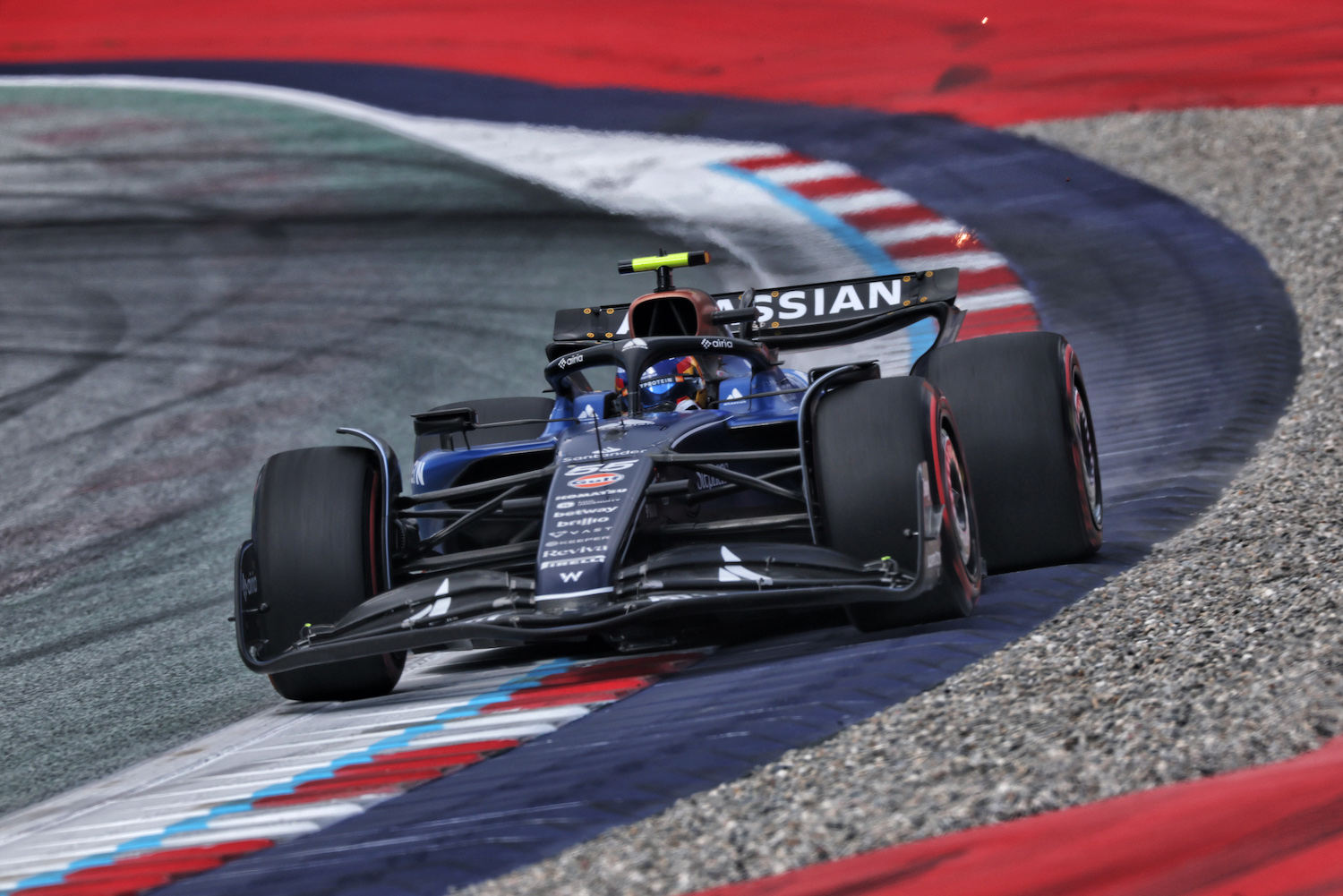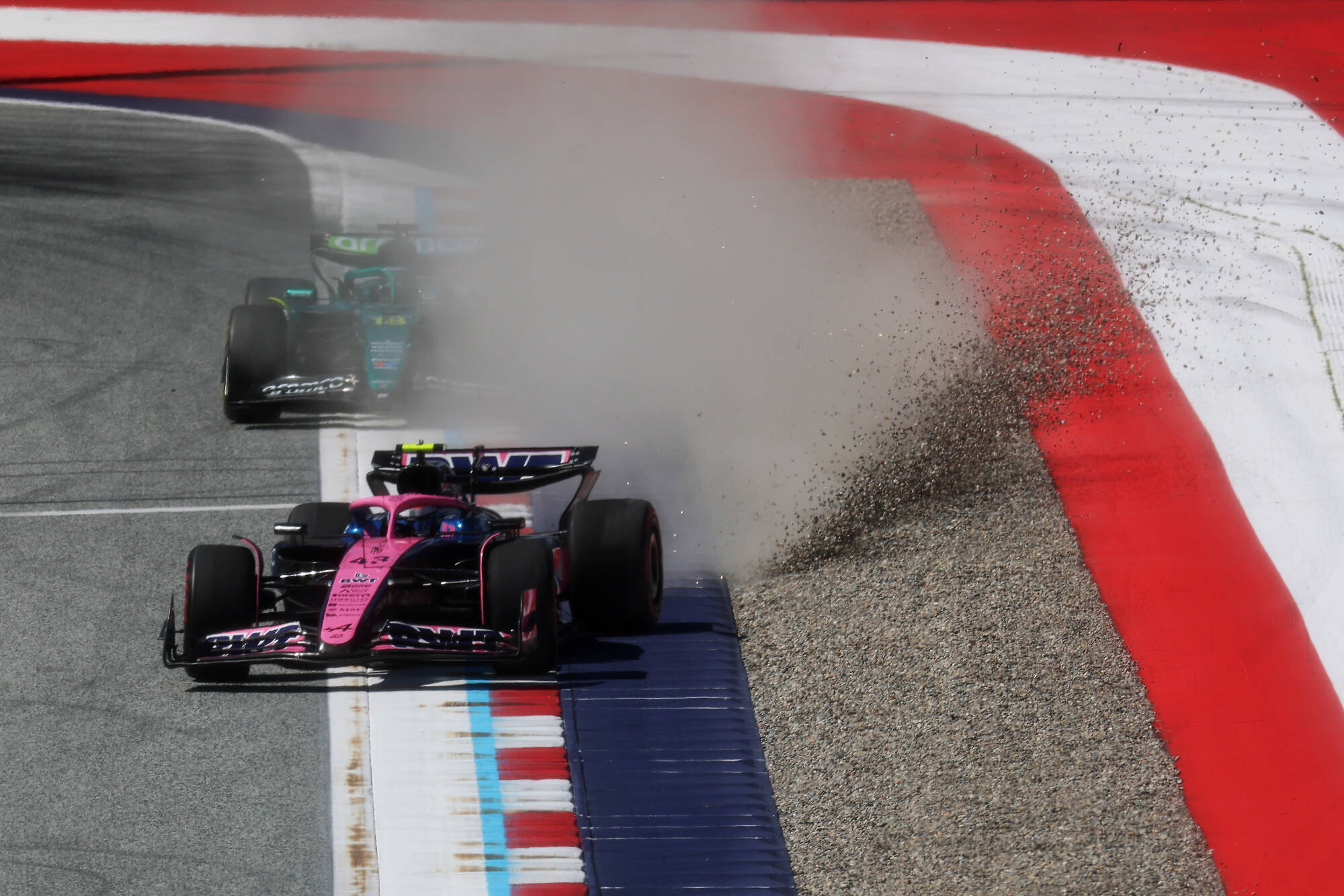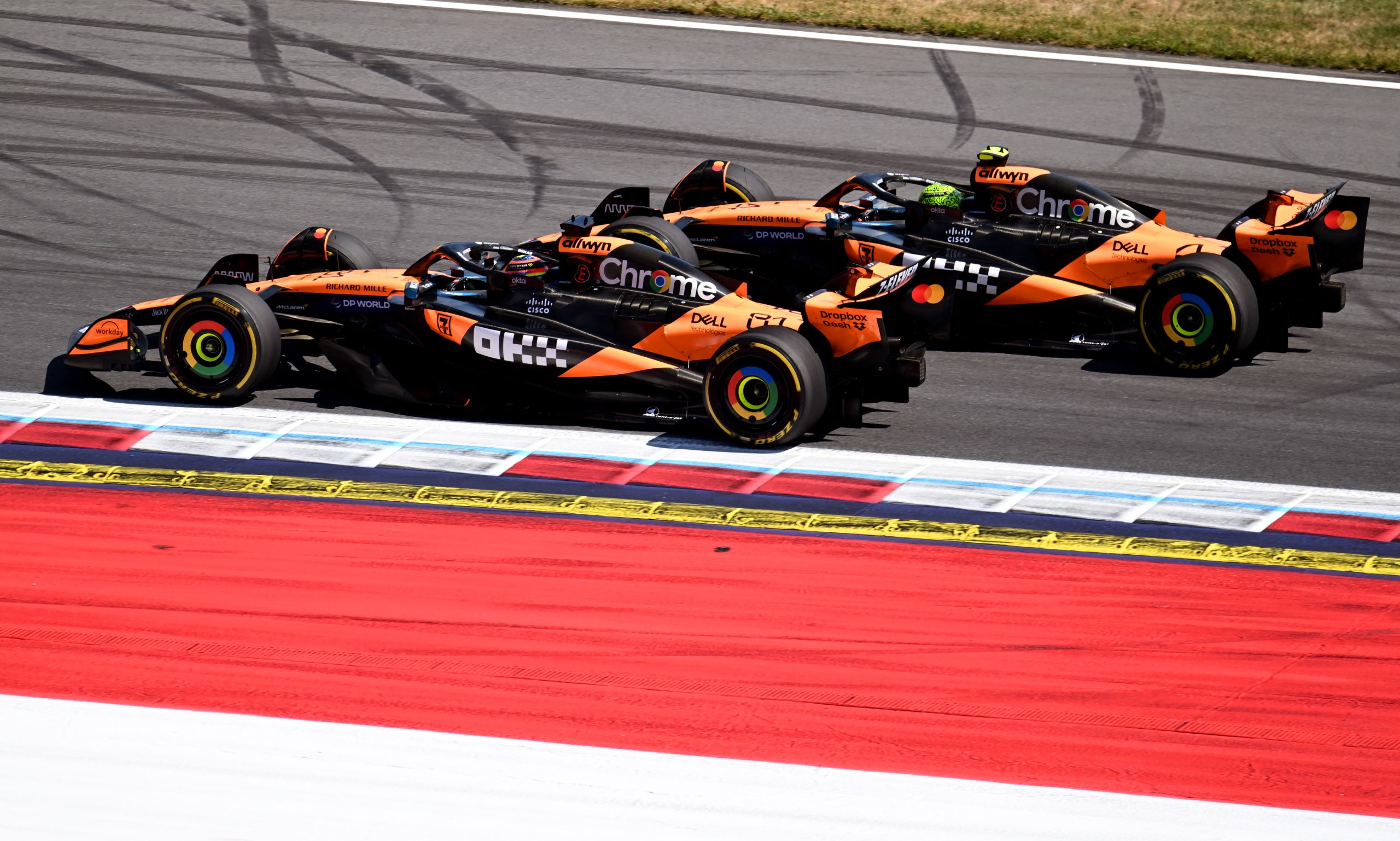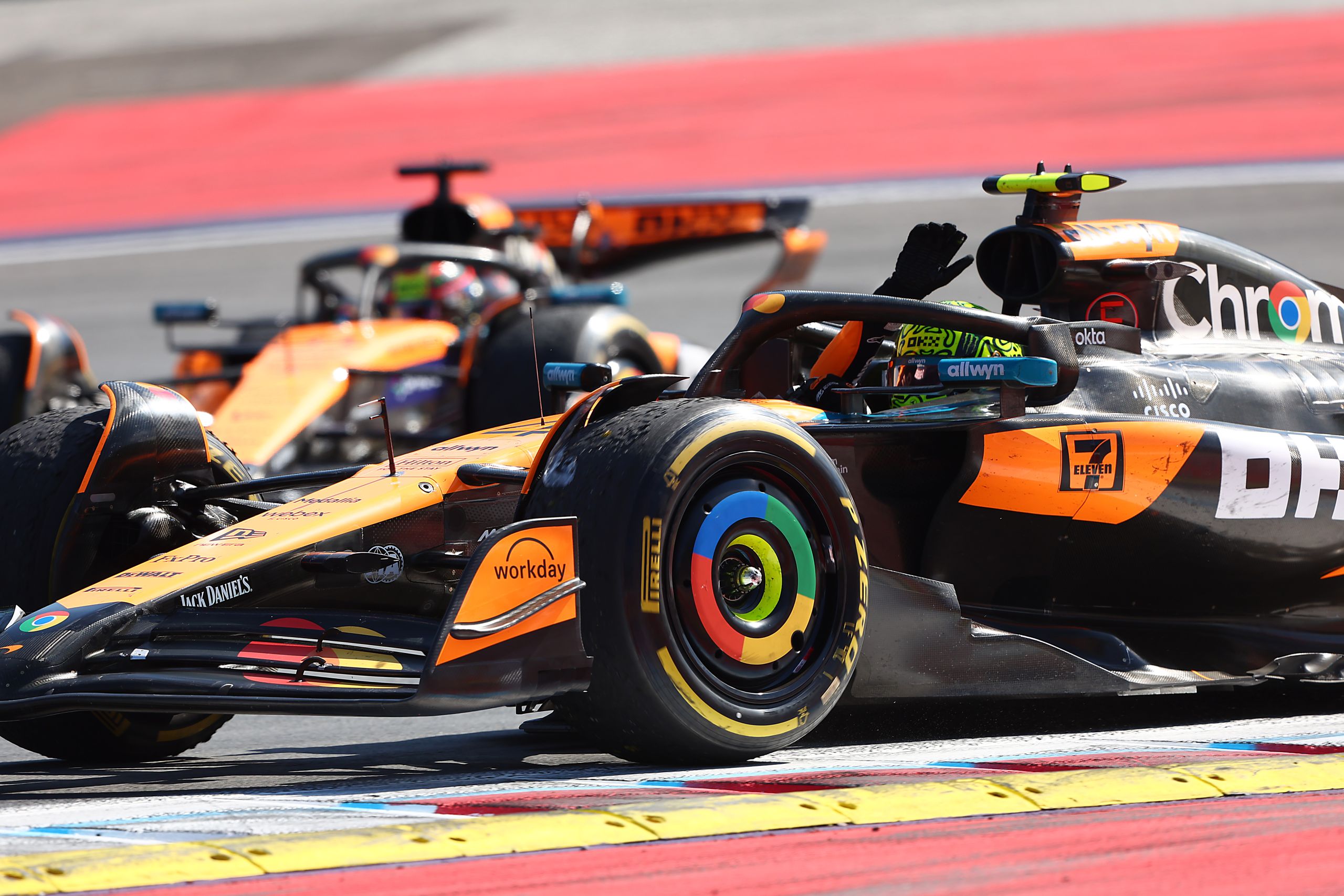The Aerodynamics Of Speed: How F1 Cars Harness The Wind
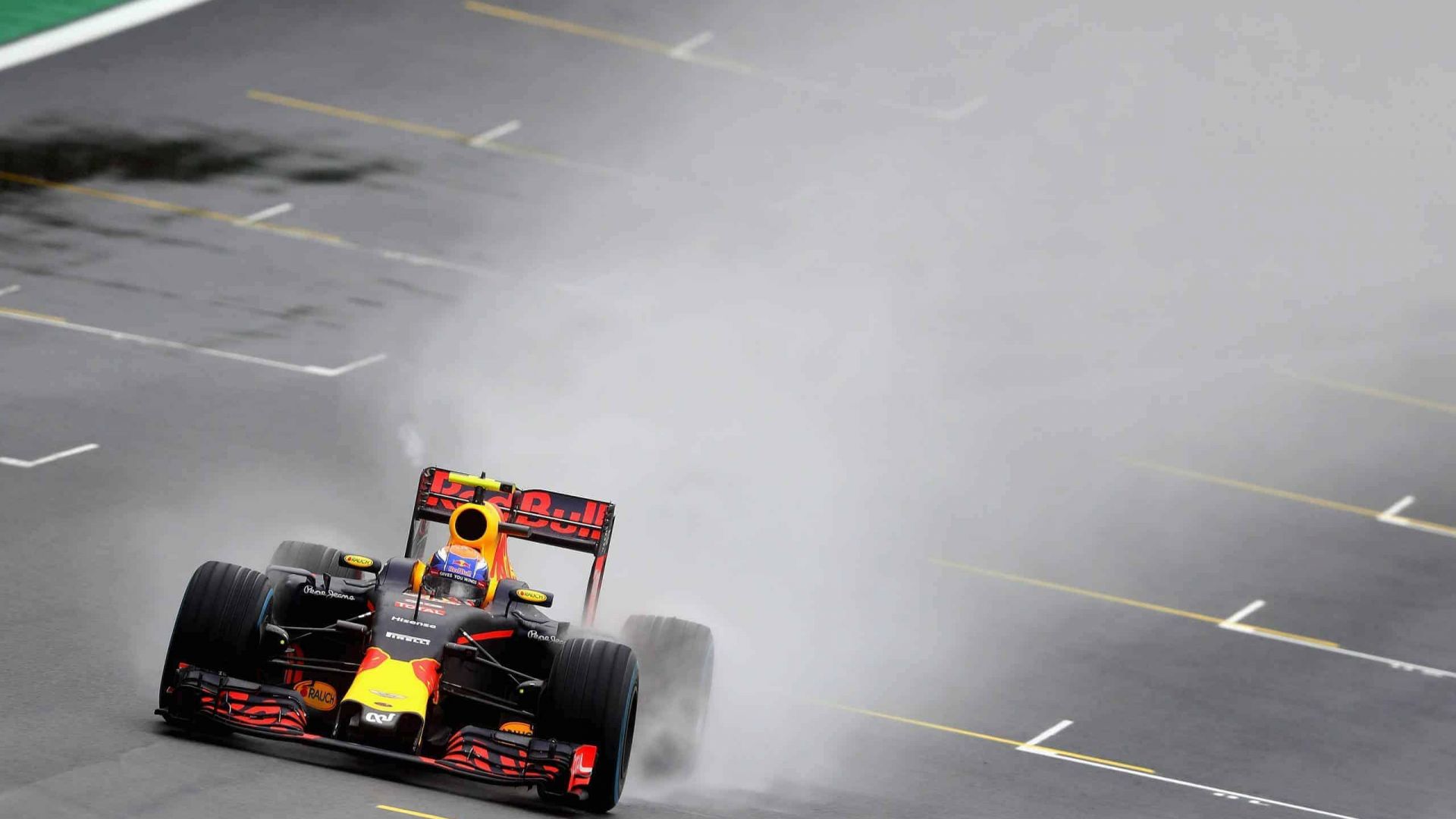

The world of Formula 1 racing is a high-octane blend of speed, precision, and amazing technology. At the heart of these speed machines is the science of aerodynamics, a key factor that can make the difference between winning and losing. Aerodynamics is not just about making cars go faster, it’s about controlling how air moves around the car to enhance its performance on the track. This intricate dance with the wind involves a deep understanding of downforce, drag reduction, and the latest regulations shaping car design.
The Importance of Downforce & Drag Reduction
Aerodynamics in Formula 1 revolves around two main concepts: downforce and drag reduction. Downforce is key for keeping the car glued to the track, especially during high-speed corners. It’s achieved through various car parts like the front wing, rear wing, and underbody diffuser. Teams like Mercedes, Red Bull, and Ferrari constantly evolve their designs to maximize downforce without significantly increasing drag.
Drag, on the other hand, is the air resistance a car faces as it speeds up. Reducing drag means the car can go faster using the same amount of power. Engineers spend countless hours in wind tunnels and on computer simulations to find the perfect balance between these two forces, tweaking even the smallest parts for optimal performance.
Regulations have tightened, aiming to make races more competitive and sustainable. These changes often force teams to rethink their strategies. The introduction of the Halo device for driver safety had a significant aerodynamic impact. It requires teams to adjust their designs for optimal airflow. Such adjustments underscore the continuous battle with air resistance and the importance of aerodynamics in the relentless pursuit of speed.
Technological Advancements & Their Impact on Racing
Technological advancements in Formula 1 are never-ending, with teams like McLaren and Aston Martin at the forefront of innovation. These advancements aren’t just about making cars faster, more efficient, and responsive to drivers like Lando Norris and Fernando Alonso.
The development of advanced materials has led to lighter, more aerodynamic components that can withstand extreme racing conditions. The addition of computational fluid dynamics (CFD) software allows teams to simulate and analyze airflow over the car in ways that were unimaginable a few decades ago.
The effect of these technological leaps extends beyond the track. It even influences aspects like sports betting, as the unpredictable nature of technological advancements and regulation changes often shift race outcomes, affecting F1 odds and betting strategies. It proves the deep connection between technology, strategy, and the sport’s competitive edge.
Examples of Aerodynamic Innovation
Looking at specific examples helps illustrate the impact of aerodynamics in Formula 1. The Ferrari SF70H, used in the 2017 season, featured innovative sidepod designs that optimized airflow around the car and enhanced both downforce and cooling.
Similarly, Red Bull Racing’s RB13 introduced a ‘thumb-tip’ nose concept, focusing on improving airflow under the car to maximize the efficiency of the underbody diffuser. Another notable example is the Mercedes W10, driven by Lewis Hamilton and Valtteri Bottas.
This car showcased an advanced front wing design that directed airflow more efficiently around the tyres. This has reduced drag and improved downforce. These examples highlight the ingenuity and constant advancements that teams bring to the sport and push the limits of what’s possible in car design.

